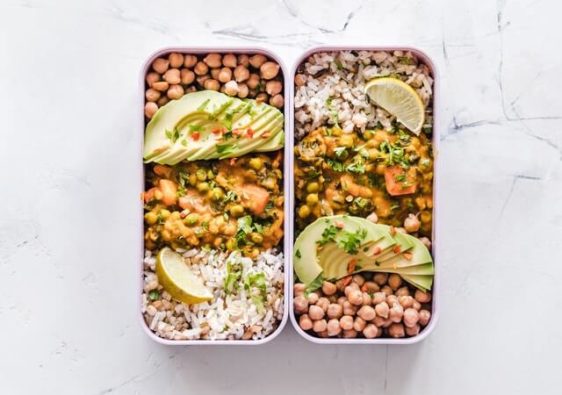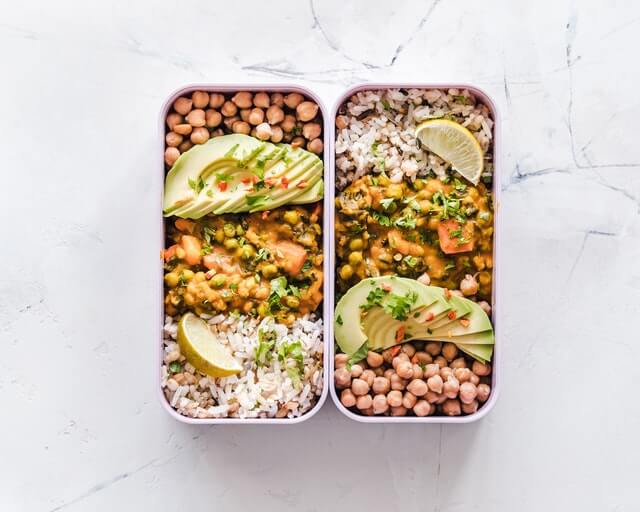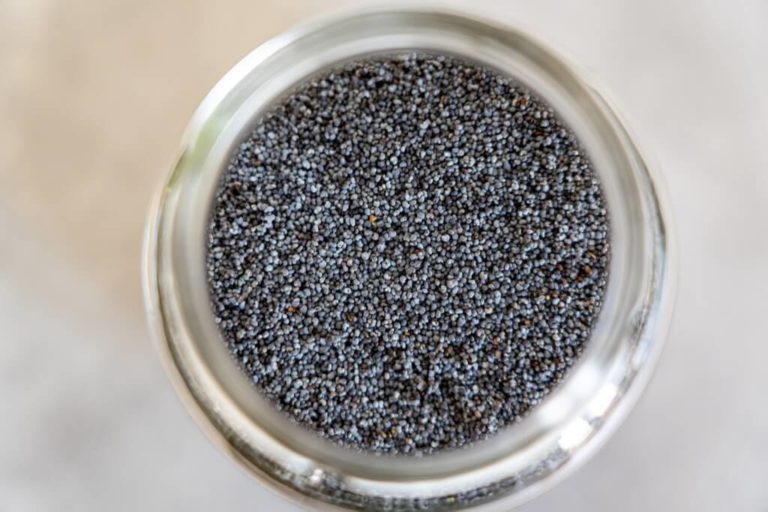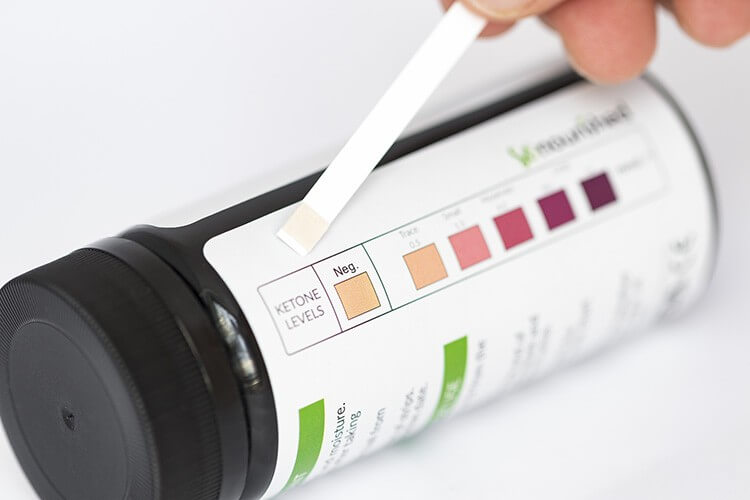HOW TO DO TWO MEAL A DAY / TMAD.
I assume you would have heard of OMAD aka one meal a day, an extreme version of intermittent fasting where the aim is to finish your meal within 1 hour on a given day. Well, if that sounds too restrictive, here is a alternative method and in fact one where you do not need to check the clock or your fasting timer.
TMAD or 2MAD
TMAD or 2MAD stands for Two Meals A Day. It means exactly what is says; you eat 2 meals per day. If we use the traditional three-meals-per-day model for reference, then you should end up skipping one meal per day. Let’s be honest, daily eating also involves copious amounts of snacking, grazing and mindless eating, all of which will be cut out with the TMAD method.
People typically find it easier to skip breakfast and eat lunch and dinner but if you’re a morning person and function better when you eat in the morning, you can have your breakfast followed by lunch and skip dinner. If you skip breakfast, do not add your breakfast meal to your lunch as that would completely defeat the object of meal skipping. You are trying to create a caloric deficit without counting calories or weighing your food, so if you skip a meal make sure you do not compensate for it later on.
Same if you choose to skip dinner. Skipping dinner doesn’t mean your lunch can be a double portion of what you normally would eat. Have your normal lunch and then close your eating window until breakfast the following day. You can of course have tea, coffee, plenty of water in your fasting window.
RULES

- choose which 2 meals you want to eat:
breakfast and lunch
lunch and dinner
- plan your 2 meals in advance to avoid bingeing
- eat the two meals within a 4-6 hr timeframe
- you do not need to count calories
- no snacking in between
- as soon as you finish your first meal, close your eating window and fast until your second meal is due
- finish your second meal and close your eating window
- fast for the remaining hours
- repeat the next day
FLEXIBILITY

Don’t be afraid to be flexible when the situation calls for it. View your fasting method as a guideline not a punishment. Learning to be flexible with your fasting methods is key to longevity, you want to make intermittent fasting as part of your lifestyle not something you’re doing for 30 days only. The more rigid rules you set for yourself, the more stressed out you’ll be and the faster you burn out and give up. Follow the guidelines most days but don’t freak out when you can’t. It’s about never giving up, not never messing up.
For example, if you normally skip breakfast but on a Saturday you want to enjoy breakfast in bed, go for it and enjoy it. Have your second meal later in the day.
It doesn’t matter what time you have your meals, what matters is that you only have two meals and that you maintain a 4-6hr timeframe between the meals.
FASTING
What about having breakfast, skipping lunch and then having dinner as a second meal?
TMAD is another intermittent fasting method, meaning the fasting element plays a key role and must be part of the protocol. By eating your two meals in a closer time frame you will end up fasting for at least 16 hours per day. This is what we want.
You will create a caloric deficit by skipping a meal and you will also benefit from long enough fasting without having to set a fasting timer.
The gap between your two meals should ideally be no longer than 6 hours from starting your first meal to finishing your last meal.
examples :
lunch at 12.00noon – dinner at 04.00pm
lunch at 02.00pm – dinner at 06.00pm
breakfast at 08.00 – lunch at 12.00noon
breakfast at 10.00am – lunch at 02.00pm
Fasting consistently for 16 – 18 hours per day teaches your body to use some of the stored fat for fuel, what we call becoming fat adapted. This will increase your energy levels, will make you feel less hungry as your body is now able to access its own fuel which in turn results in fat loss.
EATING
For best results, treat your first meal of the day, no matter what time you’re having it, as a “fast breaker” aka breakfast. Have something lighter/smaller what you would typically have for breakfast. Do not stuff yourself, eat to about 80% of fullness.
Your second meal of the day is your main meal. Eat until full and satiated 100%.

THE PERFECT METHOD:
- if you don’t like setting a fasting timer
- if you feel you’re becoming obsessive with fasting times
- if deviating from your set fasting goals makes you feel as though you had failed a fast
- if you have a perfectionist mindset and the timer affects your mood
- if you keep snacking in your current eating window
- if you keep overeating in your current eating window
- if you eat out of boredom
- if you can’t stop grazing in your current eating window
- if you want to try something new
- if you can’t decide what fasting method to follow
Add TMAD to your fasting arsenal, test it out, experiment and see how you like it.
Hope you have found this helpful,
Petra xox







